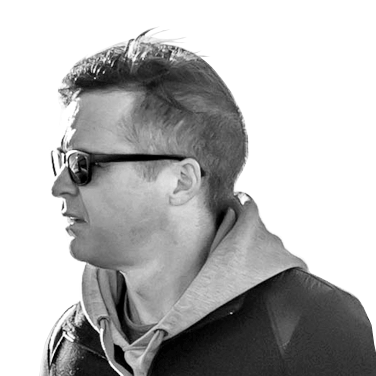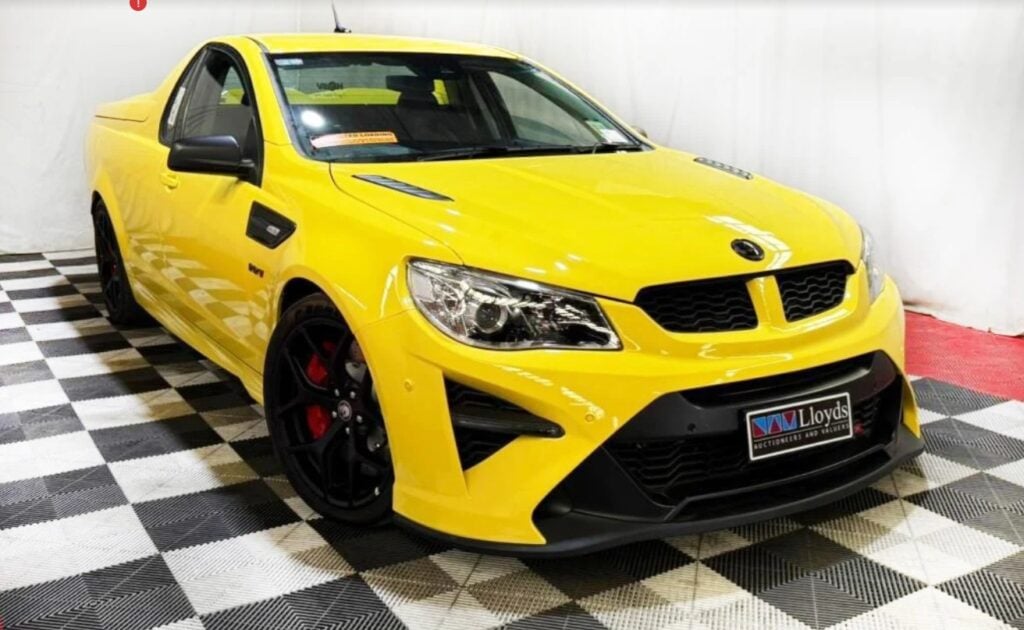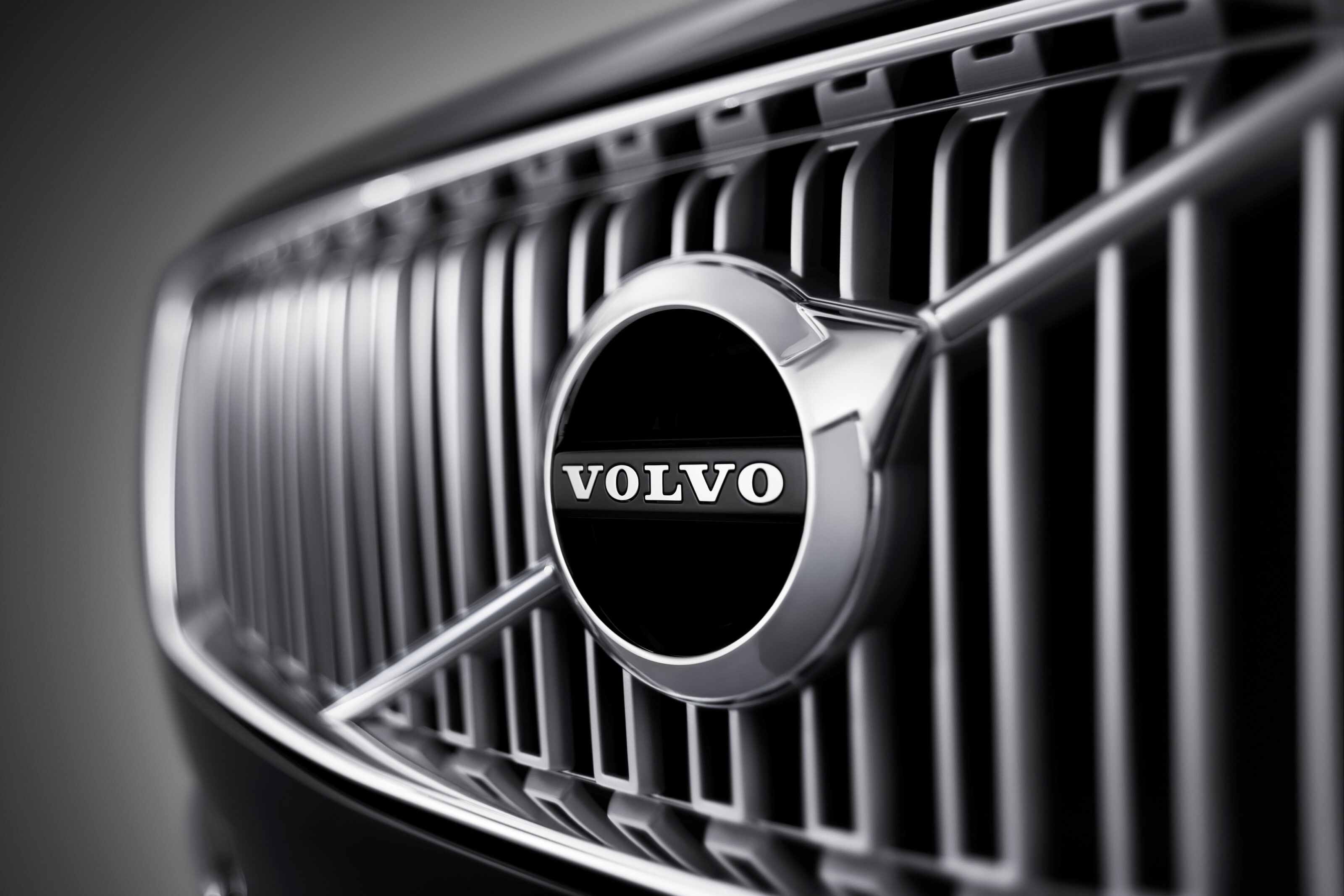
Thomas Broberg has been with Volvo nearly three decades, and has been in the Safety Centre for that entire time.
It’s fair to say safety is a bit of a passion.
Snapshot
- LIDAR is the future
- Drivers still front and centre in research
- Over-the-air updates to improve safety over time

A mechanical engineer by trade, and specialising in computer-aided design for crashworthiness, his first job was to design a crash structure for a small car to make it as safe as a large car in a crash. His work ended up in the first-generation S40, V40 and XC90.
Now the acting head of the Volvo Safety Centre, he carries a century-old commitment to safety into the next era of Volvo Cars – electrification.
Volvo’s next focus is driver monitoring and using interior cameras to keep an eye on what’s going on behind the wheel. People are understandably worried that Big Brother is watching.
“It’s a stumbling block we need to overcome. If you look at the first generation of the system we have right now, it’s working with data instantaneously so we don’t have anything that is collected. Even though cameras are used as sensors, it’s not taking footage. It’s basically measuring, so you have ones and zeroes. They’re used in time and then erased.
“We have a long history of working with sensitive individual data in our research, more than fifty years of working with the Traffic Accident Research team, so we have a culture of high integrity. Also working with how we make the data anonymous so it can only be used by a small amount of people within our organisation to do the research and nothing else.”
Volvo engineers famously spent some time in Australia working out how safety systems might better understand how to deal with kangaroos and other tricky situations.

“We’re constantly trying to develop our systems for different circumstances. When it comes to the kangaroos that was quite difficult to recognise. Specifically – and this was during the development of the first stages of auto braking technology – an area we’ve been pioneering since 2006. The challenge developing auto braking systems like this when the car is supposed to do something is not to have the car brake or steer when it’s not supposed to.
“There’s always a balance in finding the situations that you can actually detect. You don’t want to insert any adverse affect that could be false and annoy the customer, because you would not trust a car that is braking every time you pass a mailbox. That would be very annoying. And more importantly that you’re not causing something that is more harmful or serious than what you’re trying to avoid.
“We’re constantly training our systems when it comes to kangaroos, I think that’s been a very challenging situation. I don’t have any data on what that may give. More importantly it’s difficult to collect data on situations that have occurred that didn’t end up in something.”

Broberg explained the upcoming EX90 not only has LIDAR technology, but a large range of cameras, radars and sensors around the vehicle. That feeds into a higher compute capacity to detect objects and help the car understand its surroundings. He says that this new platform will improve efficiency to handle more situations and new ones.
“What’s good with the new cars – as well as the C40 electric – is that we have the capability of upgrading over-the-air, which means we can improve the safety functionality of the car over time.
“Our primary objective is to protect the people in the car. We have a very deliberate strategy in that. Where do we start and how do we proceed with the data that we have and collect. How common is a typical situation and a crash and how severe it is. And also on top of that, what can we do about it with existing technology or do we need to invent new technology.
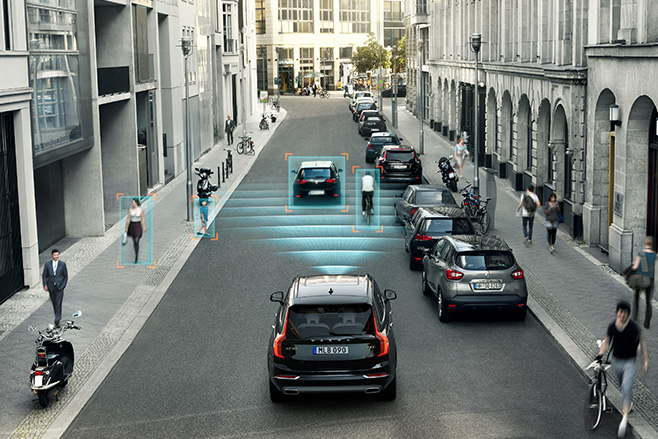
“And that kind of working process is one of our keys to actually be leading the pack in safety, because we understand the problem from a customer point of view, a real world point of view. And if there is no new technology we need to innovate it.
“And I think if you look at it over the years and how many safety innovations that you find in all cars today, many of them have had a world-first in Volvos. From a three-point safety belt to side airbags, side curtains, whiplash protection, auto-brake, auto-brake for pedestrians. We have been pioneering a lot of that and it’s based on our working methods in understanding the real-world scenarios.”
While Tesla has abandoned LIDAR and is using cameras for its advanced drive assist functionality, Volvo’s EX90 has gone the other way. The new seven-seater has LIDAR above the front windscreen that can “see” 200 metres down the road in pitch black, where a camera relies on at least some light to capture data.
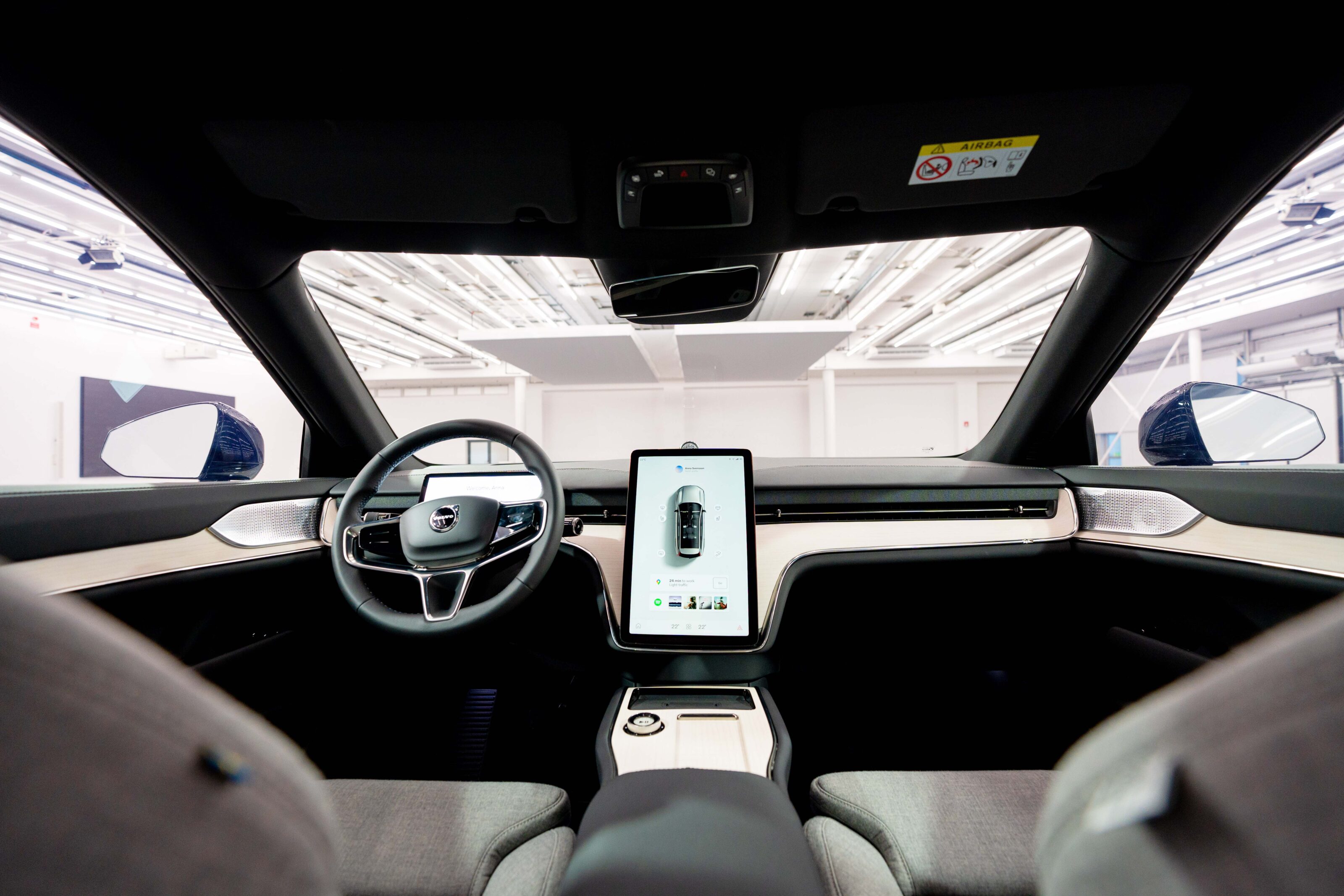
The car is also loaded with sensors and cameras all around. While not commenting directly on Tesla, Broberg is clear as to which direction Volvo will take.
“More sensors will help, accurate sensors – that’s what we’re introducing with the EX90. Even though a lot of the buzz is around what the LIDAR itself can do, it’s a combination.
“Also the driver understanding systems, so understanding the engagement of the driver in combination with the surroundings of the car. That will enable us to provide or change the shield around the driver and the car pending on their engagement.
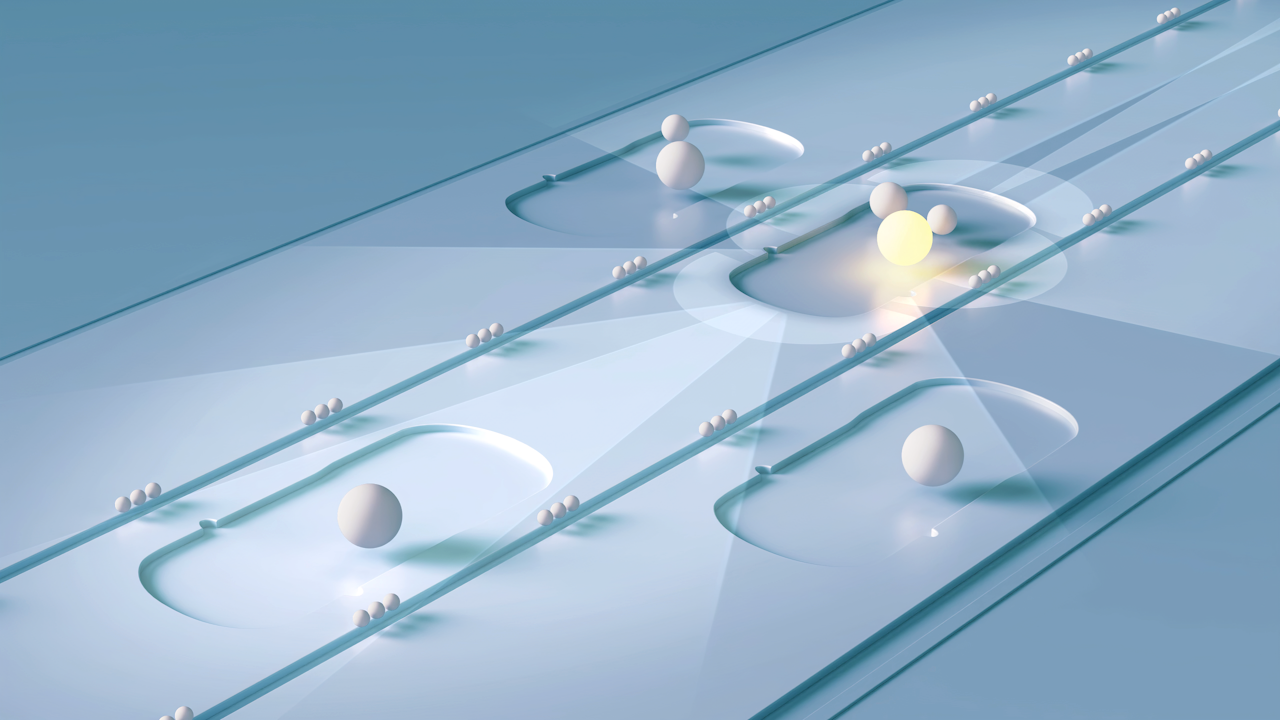
“We can have an earlier or later intervention or warning so that we do not annoy the driver. If you look at us as human beings, we are able to handle incredibly complex situations, we can foresee what others may do or may not do. So we (humans) are extremely good at that if you look at the complexity of driving a car.
“But we have our limitations. We can get tired, we can be distracted for many different reasons and we may not even have the best day, our thoughts may be somewhere else.
We’re great, but at the same time we have limitations and our approach is that with this advanced technology, how can we assist in a way that is designed around the human being. It’s always starting with the human and understanding these aspects.

“We need to understand that we are humans. It needs to start around the human and we do that with passive safety we need to understand what forces does the body afford, differences in sizes, ages, gender, you name it. We have to understand that. We’ve been building that knowledge for many, many years.
“I would say the same with understanding how we operate here,” Broberg said, tapping his head. “Driver behaviour. If you look at our team, over the last 20 years, we don’t only have engineers on our team, we have behavioural scientists.
“There are even some of us, including myself, that are engineers, but have studied behavioural science to complement in the same way as engineers who have studied bio-mechanics.
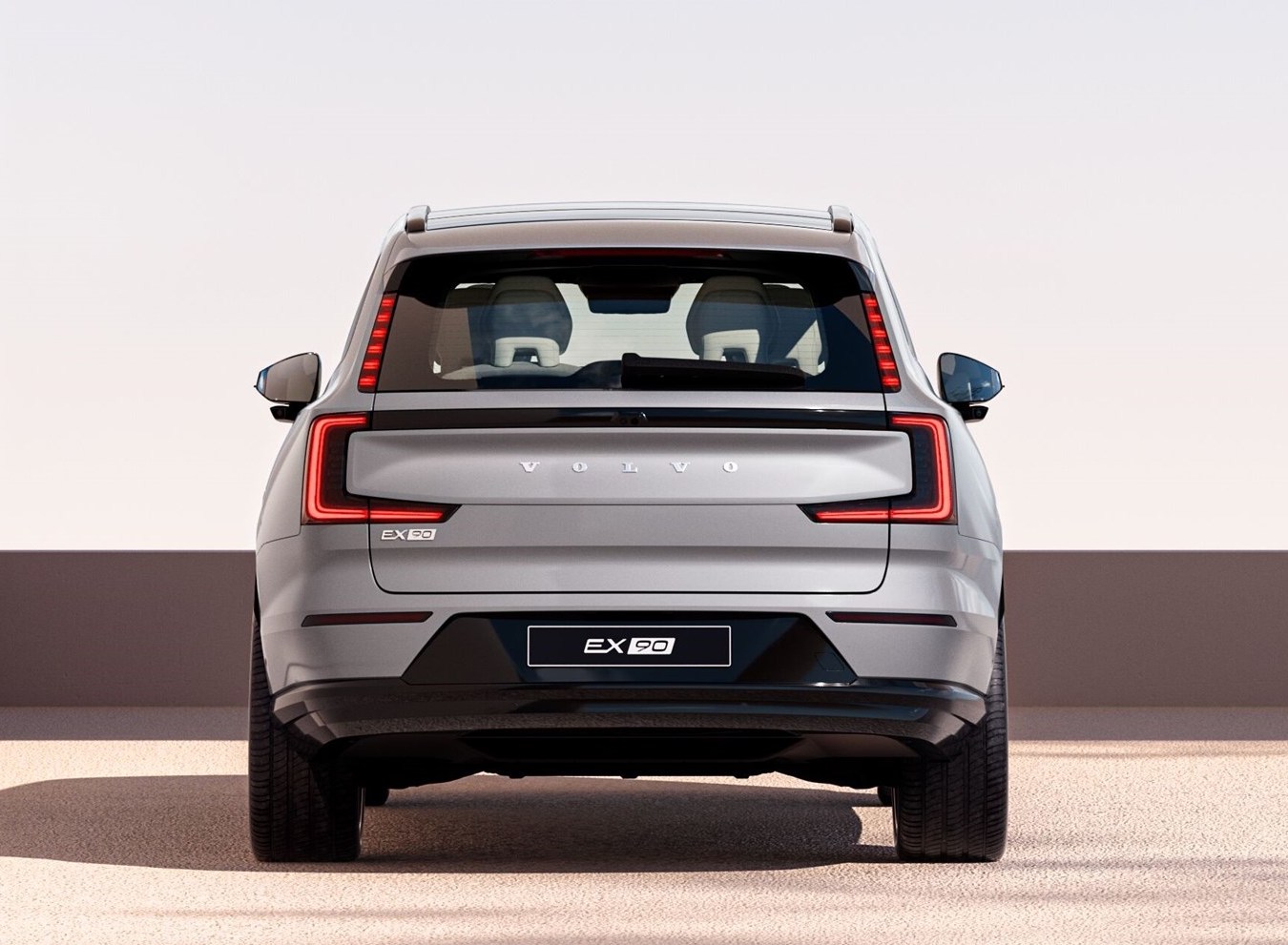
“The understanding about the human being is essential. It’s not only building our own knowledge, it’s co-operating with others. If you look at the Gothenburg area here, for being such a small place if you look at the joint traffic safety research that is conducted in the Gothenburg area I would say it is unique to have so much competence in one site, which is relatively small.”
“If you look at the big gaps, it’s intoxication, distraction and also speeding. If you look at fatalities in most statistical databases around the world, at the government agenda in most countries, it’s intoxication, driving under the influence, speeding at the same time and not wearing your safety belt.
“Unfortunately, it’s not only that you may hurt yourself, but usually also includes someone else who is innocent. We have a joint responsibility with authorities because these are violators of the traffic systems. We need to see what we can do because it’s such a big gap.”
We recommend
-
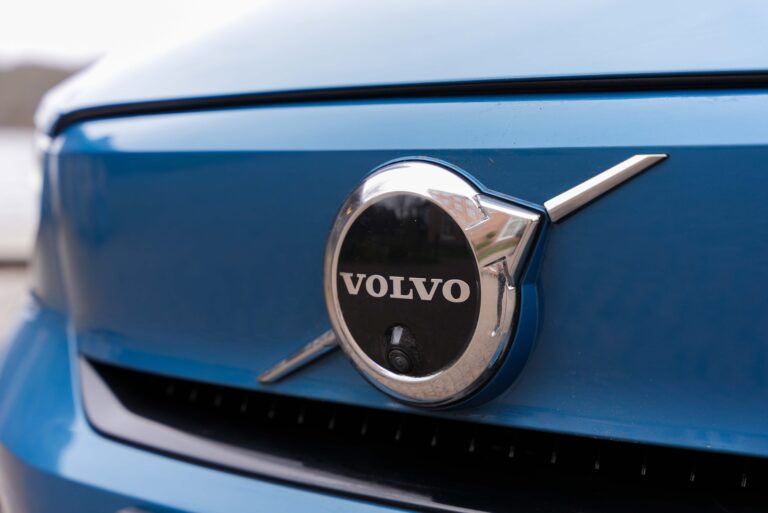 News
NewsBrainlifts are going to be more important than facelifts says Volvo chief
Volvo Chief Commercial Officer Bjorn Annwall maps out the Swedish carmaker’s electric and digital future
-
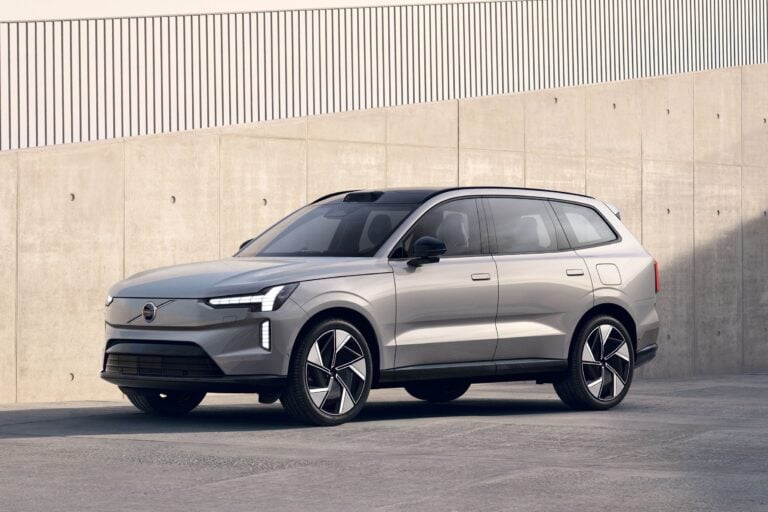 News
News2024 Volvo EX90 electric SUV revealed
Volvo has revealed the EX90, an all-electric alternative to the flagship XC90 offering self-driving capability and powerful dual-motor all-wheel drive
-
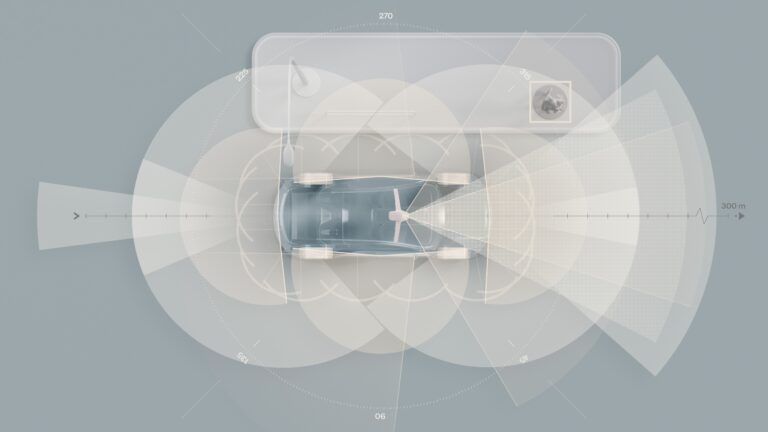 News
NewsVolvo's next-gen EV will use LiDAR, XC90 going fully-electric
The next Volvo XC90 is going electric – with autonomous capabilities too
